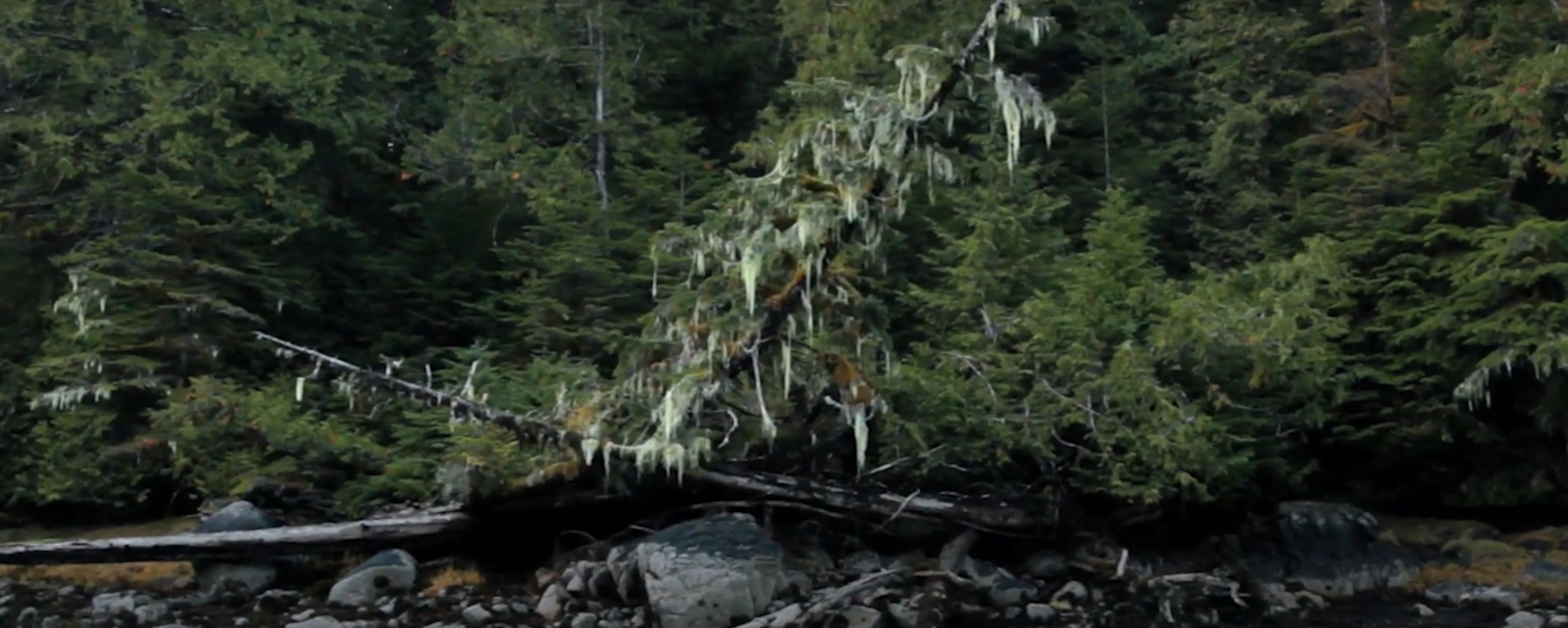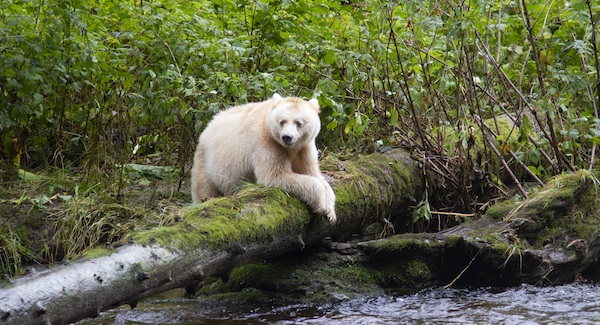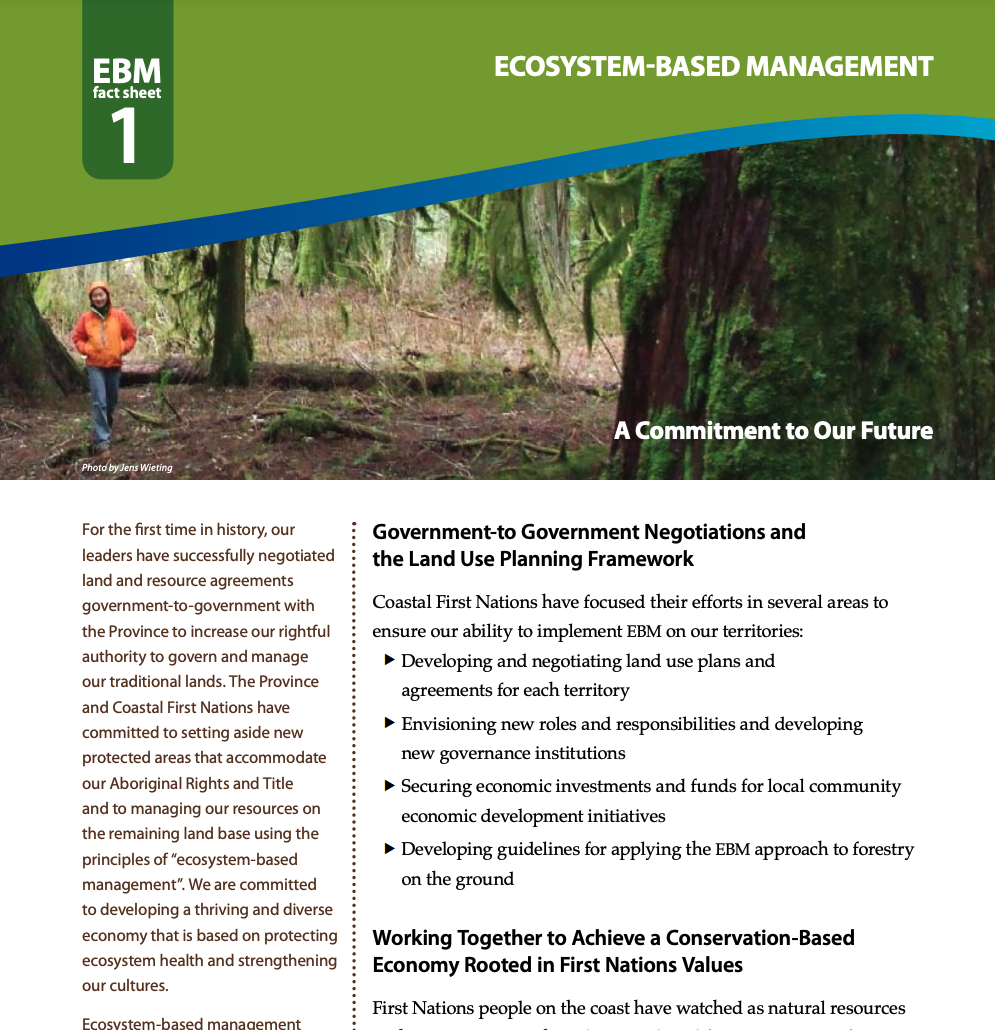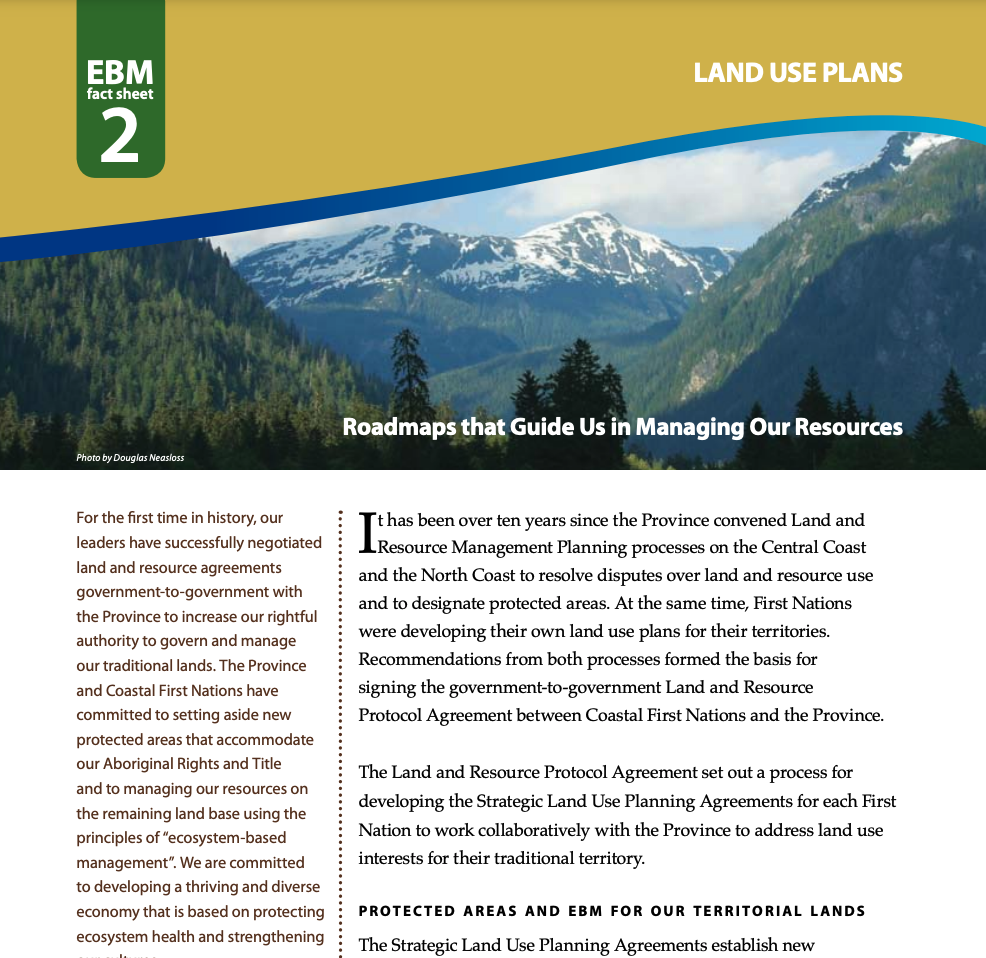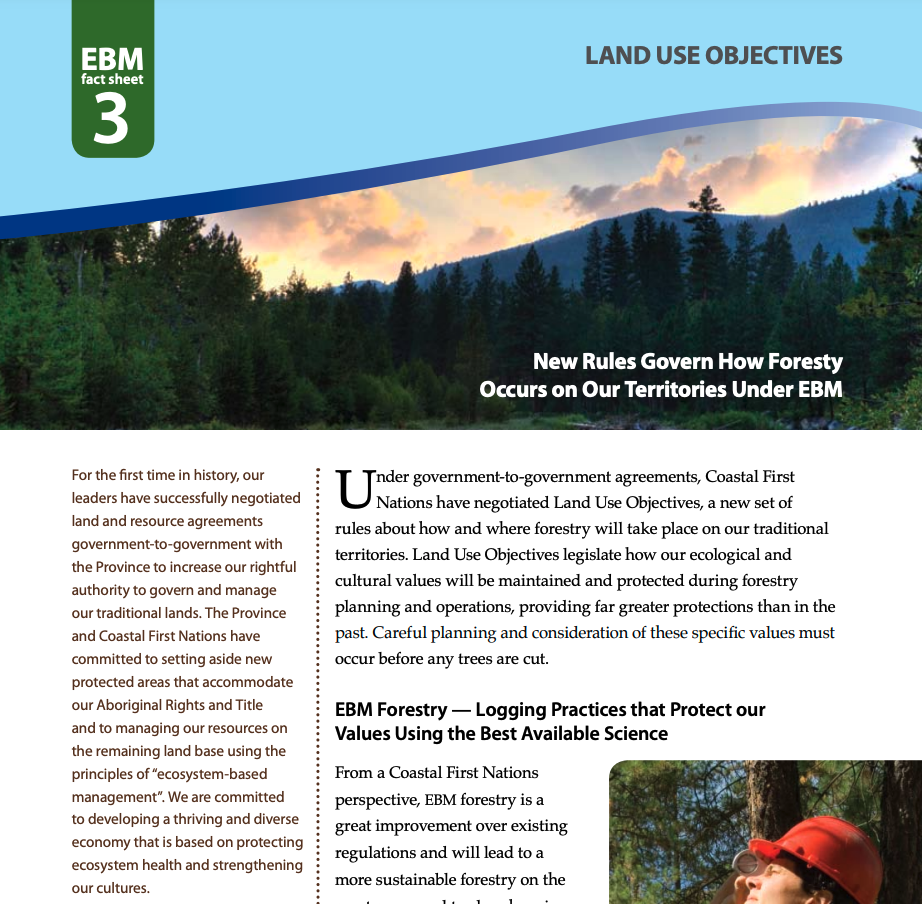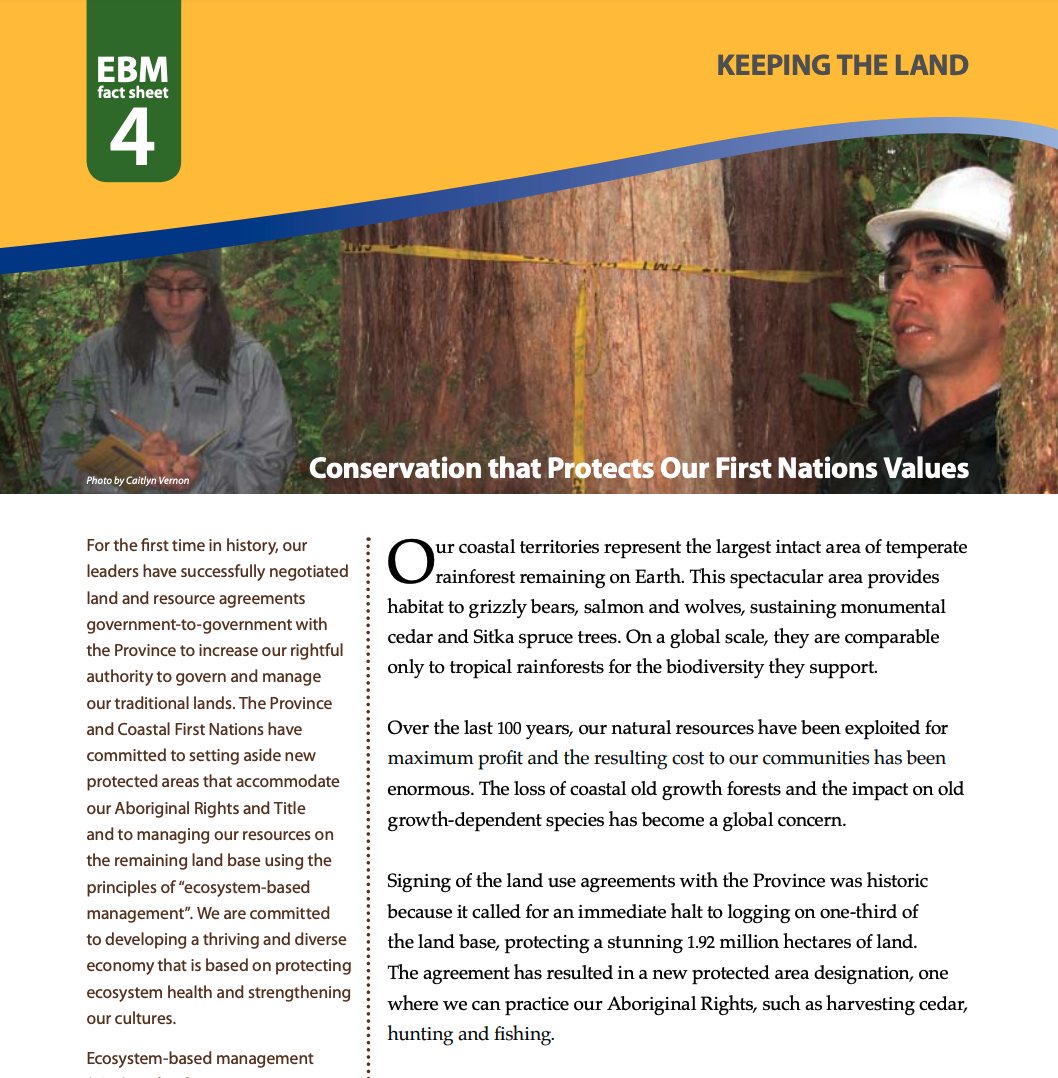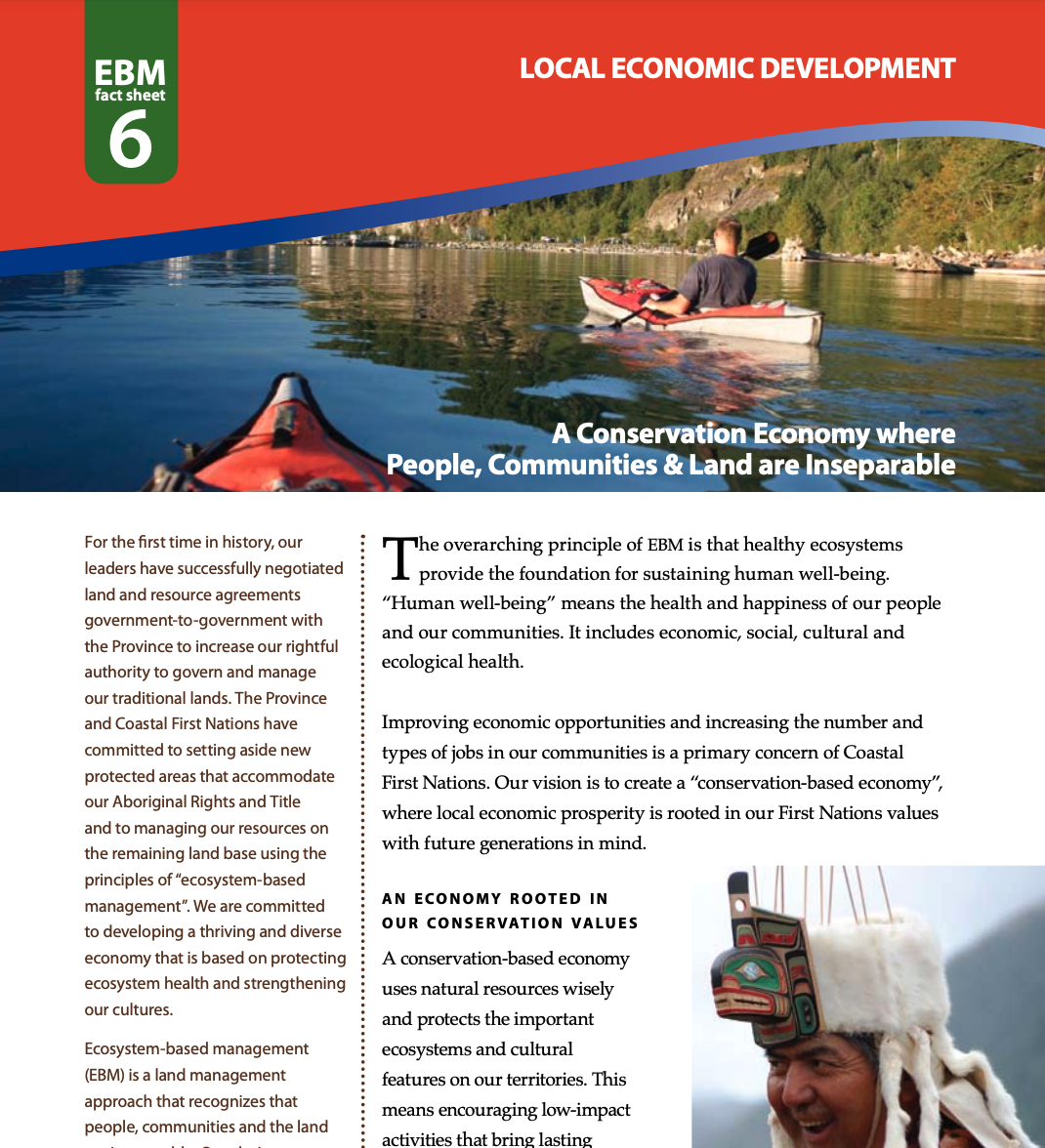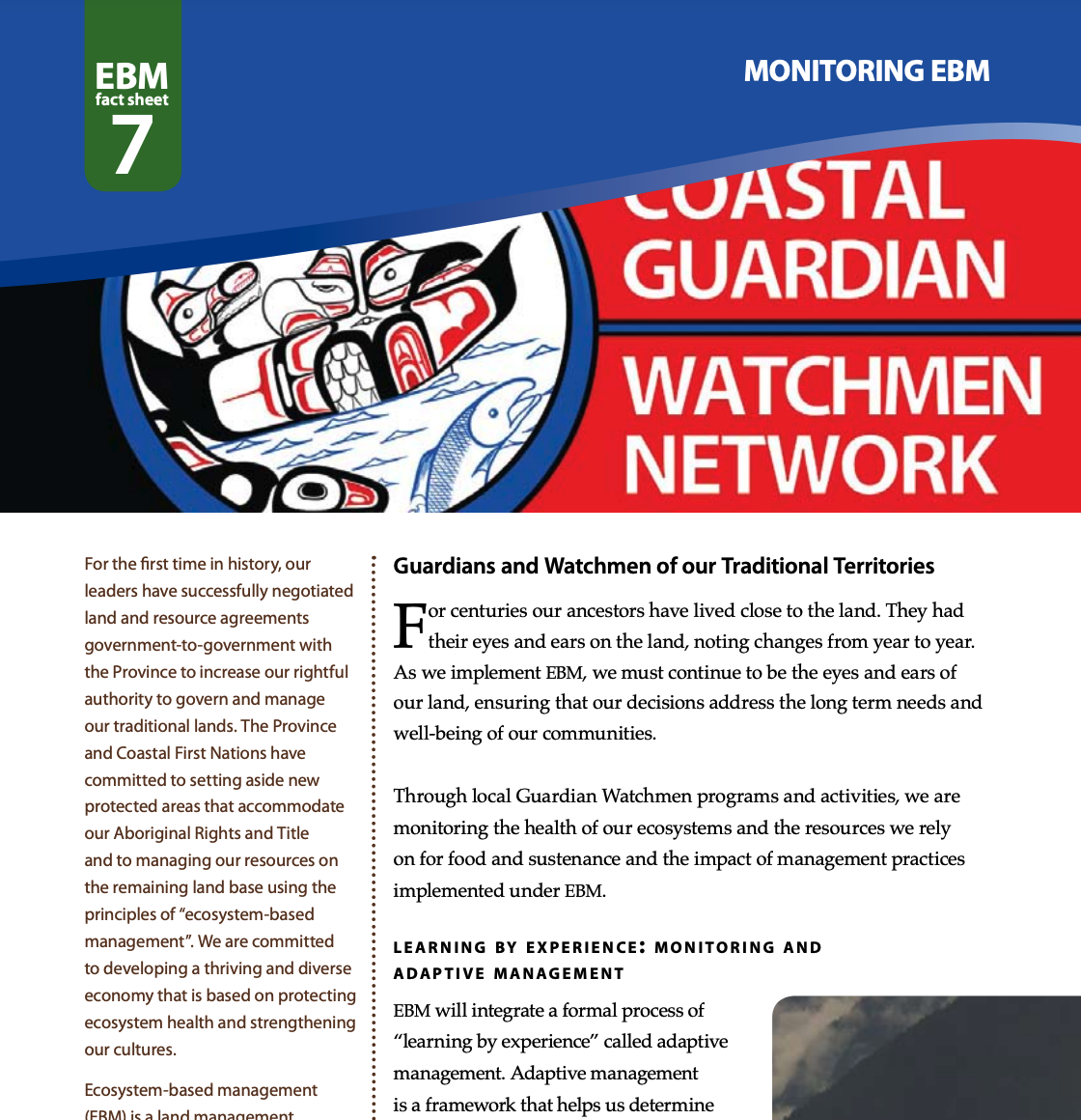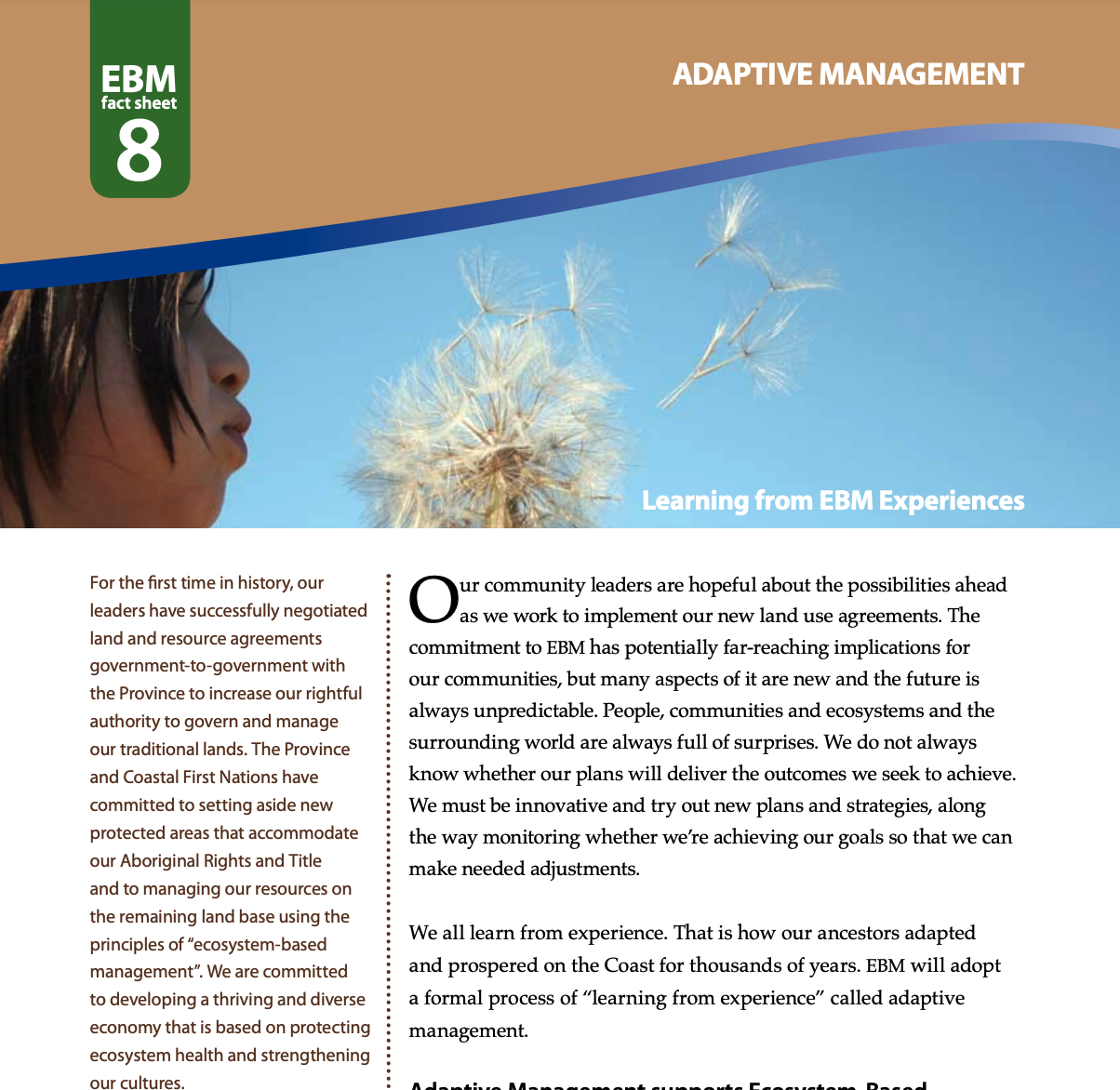Carbon Credits
Overview
In 2009, Coastal First Nations and the Province of British Columbia signed the Atmospheric Benefit Sharing Agreements—creating one of the largest carbon-offset projects in existence.
The first of their kind in BC and worldwide, the revenue-sharing agreement gives First Nations on the North and Central Coast and the Haida Gwaii the ownership and right to sell carbon offsets in our territories.
This helps support the efforts of CFN member Nations to end destructive industrial logging practices, protect cultural and ecological values, and generate new sources of revenue to ensure long-term economic self-sufficiency.
great Bear Forest Carbon Project
Watch The VideoWhy Carbon Credits?
Our coastal old-growth forests store vast amounts of carbon dioxide. The trees and soil in the Great Bear Rainforest store more carbon per hectare than any of the world’s tropical rainforests, including the Amazon.
When trees are cut for logging or land clearing, that carbon escapes back into the atmosphere, further contributing to the climate crisis. In some landscapes, cutting trees can reduce the earth’s ability to capture carbon for decades or even centuries.
With ongoing revenue from carbon offsets, coastal First Nations are preserving vast stretches of old-growth forests, while using an ecosystem-based management approach to harvest trees sustainably in other areas, ensuring a healthy amount of carbon remains stored in our forests.
Carbon Inquiries
Great Bear Carbon Credit Limited Partnership info@greatbearcarbon.ca
Explore more stories:
Resources
CFN produces a wide range of reports, fact sheets and other publications. Check back regularly, as we will post new resources here.
